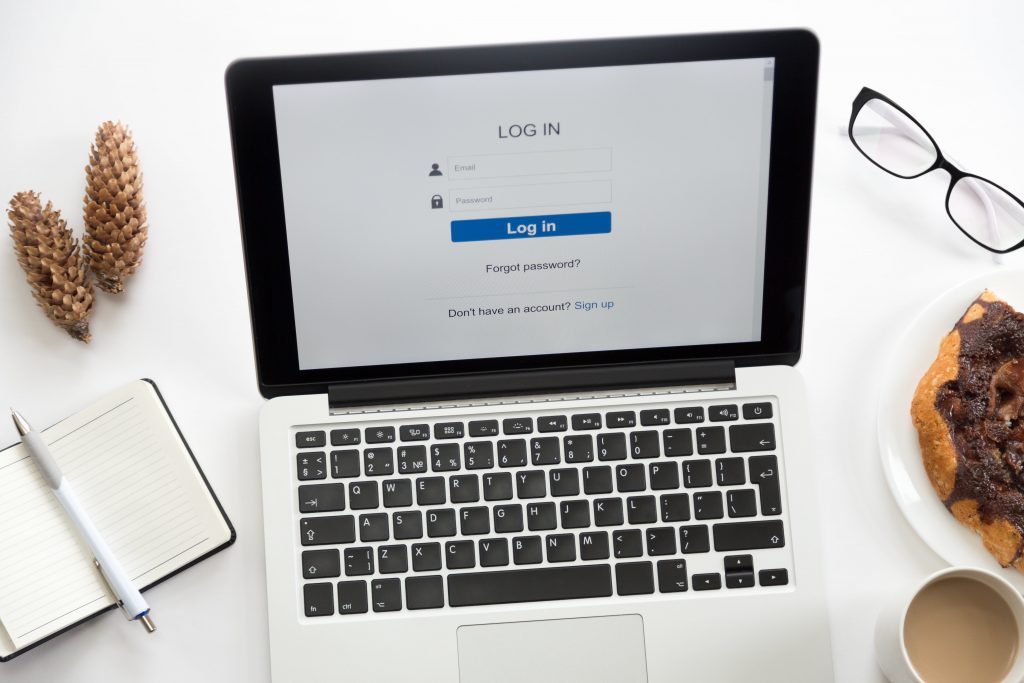
MFA, or multi-factor authentication, is a system that prevents a person from accessing their account until they show two or more pieces of information proving that they are who they say they are. The evidence may be of various types, such as what they do, something they have, or what they are. Overall, the procedure is viewed as beneficial since it addresses a variety of security challenges such as phishing, brute force, keyloggers, social engineering, and MITM attacks. Any enduring MFA misconceptions, though, make businesses afraid to use them, and we’re here to refute a few of the more popular ones.
1. MFA Is Only Beneficial To Major Businesses
When you think about it, this myth doesn’t make sense. The scale of the business should have no bearing on the security precautions it takes. And small businesses may amass confidential data, which should be subject to strict security and regulation.
Furthermore, implementing multifactorial recognition would not necessitate a large workforce. There are examples of two-factor verification that are simple to implement, track, and manage. A security failure can result in a huge loss of credibility and confidence, and the consequences of not using MFA authentication can be much more damaging for a small business.
2. Only Privileged Users Should Be Able To Use MFA
The premise behind this myth is that since only privileged users have access to confidential data, they should be the only ones who would use multi-factor authentication. This assertion is often incorrect, since any employee of a corporation, for example, has access to any sensitive information.
The negative aspect of this myth is that it is often used by cybercriminals. They use phishing or other hacking tactics to attack non-privileged users. Then they can easily travel across the business network to view private or valuable data thanks to the access they’ve obtained.
3. It Is Expensive To Enable 2FA
This myth goes back to the beginning days of 2-step authentication, where each hardware token costs a lot of money, making it safe, but also expensive. However, it’s important to understand that the cost of this security protocol is comparatively more affordable compared to the losses you’d have to incur if you didn’t have this measure in the event of a data leak.
4. The User Interface Is Ruined By Two-factor Authentication
Most businesses put in a lot of effort and spend a lot of money to make the customer interface as pleasant as possible. This is why it can irritate them that users must perform an additional task in order to enforce multi-factor authentication solutions, such as entering a one-time password. Although this is valid, two-factor authentication is becoming more popular, and users have come to expect it. Furthermore, you should keep in mind that technology enhances the customer experience by maintaining data security.
Intelligent detection, for example, is one of the better solutions to this issue. This technology, also known as user interface analysis or adaptive authentication, enhances the customer experience by identifying the user by evaluating the browser edition, operating system and its variables, window size, the inclusion of such plugins, as well as other parameters. If the validation by these conditions fails, the two-factor authentication method asks for one-time passwords.
5. Multi-factor Authentication Is Difficult To Set Up
The best MFA programs, like any other protection initiative, have several deployment problems. The deployment process, on the other hand, is becoming much simpler as technology improves and develops.
For instance many companies offer a diverse set of plugins that allow fast integration with only a few clicks. Windows Logon and Microsoft RDP, OWA, ADFS, and Active Directory directly, RADIUS, Citrix NetScaler (ADC) and XenApp, and RoundCube are examples of such plugins. Both the cloud and on-premises versions of the two-factor authentication service are available as well.
Conclusion
Multi-factor authentication is an effective method of protecting your files. Its myths and stereotypes do not deter you from incorporating it into your project. You will get a surprisingly easy, but safe, cost-effective, and user-friendly solution that will safeguard your data from computer hackers if you make a calculated and informed decision. So, don’t put it off and give your users hope.
If you’re looking for more information on MFA, or want to understand how to integrate it for your business, book an appointment with us at AccOps today!

